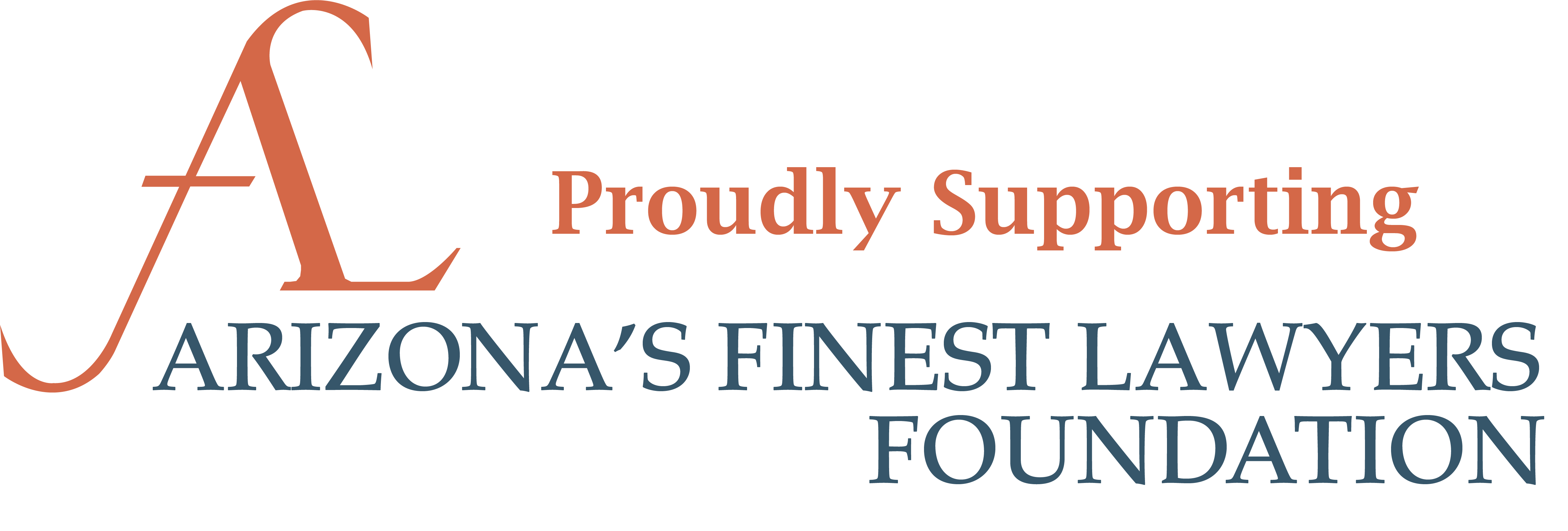The Preclusive Effect of Damron Agreements on Subsequent Litigation
Nov 13, 2014
On a certified question from the Ninth Circuit Court of Appeals, the Arizona Supreme Court recently held that a default judgment entered pursuant to a Damron agreement does not preclude litigation of whether coverage exists under the policy. Quihuis v. State Farm Mutual Automobile Insurance Company, CV-14-0093-CQ, Oct. 1, 2014.
The Coxes owned a vehicle insured under a State Farm policy. They sold the vehicle to Bojorquez but retained the title and maintained the State Farm policy pending full payment. Bojorquez’s daughter was involved in a collision with Quihuis, who subsequently sued her for negligence and the Coxes for negligent entrustment. State Farm refused to defend the Coxes, arguing that there was no coverage because the Coxes did not own the vehicle at the time of the collision. The Coxes, Quihuis, and Bojorquez entered into a Damron agreement, in which the Coxes acknowledged ownership of the vehicle at the time of the collision and assigned to Quihuis their rights against State Farm. Once judgment was entered, Quihuis sued State Farm. The court entered summary judgment in favor of State Farm, finding that the Coxes did not own the vehicle at the time of the collision. Quihuis appealed, resulting in the certified question, “Whether a default judgment against insured-defendants that was entered pursuant to a Damron agreement that stipulated facts determinative of both liability and coverage has (1) collateral estoppel effect and precludes litigation of that issue in a subsequent coverage action against the insurer . . . or (2) no preclusive or binding effect . . . .”
The Court concluded that while a Damron agreement precludes litigation of liability issues, it does not preclude litigation of whether coverage exists. It clarified, however, that “an insurer in a coverage action may not, in the guise of a coverage defense, litigate what are essentially and solely liability issues resolved by the default judgment.” In reaching this conclusion, the Court analyzed Restatement (Second) of Judgments § 58, which precludes an indemnitor from disputing “the existence and extent of the indemnitee’s liability” and from relitigating any issues determined in the previous action. It noted that neither the Restatement nor Arizona case law precluded litigation of pure coverage issues. In Quihuis, State Farm was not seeking to litigate the “existence and extent” of the Coxes’ liability or argue that coverage did not exist because the Coxes were not liable. Instead, State Farm was seeking to litigate the issue of ownership, which had not been “actually litigated in the underlying tort case.” Although the ownership issue was directly related to liability and determinative of coverage, neither § 58 nor Arizona case law necessarily precluded State Farm from litigating it.
In reaching its conclusion, the Court rejected Quihuis’s argument that State Farm was precluded from litigating the ownership issue because it had breached its duty to defend the Coxes. Without deciding whether State Farm had breached any duty to the Coxes, the Court remarked that Arizona does not impose an absolute duty on an insurer to defend its insured, particularly when facts not alleged in the complaint take the case outside the scope of coverage under the policy. Ultimately, citing Arizona case law, it held that applying issue preclusion under the factual scenario presented in Quihuis would undermine any “meaningful distinction” between an insurer’s duty to defend and its duty to indemnify.
Because coverage under the State Farm policy ceased to exist before the accident occurred, there could be no coverage regardless of the Coxes’ liability. Accordingly, State Farm was not bound by the Damron agreement in this case. Nevertheless, the Court emphasized the dangers of an insurer’s refusal to defend, stating that it does so “at its peril,” and advised that insurers should, instead, defend their insureds under a reservation of rights and obtain a prompt determination of coverage.
As a result of this holding, plaintiffs should be cautious in entering into Damron agreements when the existence of coverage (separate from coverage based on liability) is likely to be an issue. Further, in litigation following a Damron agreement, plaintiffs must carefully consider the defenses raised to ensure that the insurer is not attempting to “litigate what are essentially and solely liability issues resolved by the default judgment.”
To read the full opinion, visit http://www.azcourts.gov/Portals/0/OpinionFiles/Supreme/2014/CV140093CQ.pdf
Cassidy Crossen

Cassidy was born and raised in Ashland, Ohio. She received a B.S. summa cum laude in 2009 and a J.D. cum laude in 2013 from Arizona State University, where she was a Willard H. Pedrick Scholar and an associate editor of the Arizona State Law Journal.

